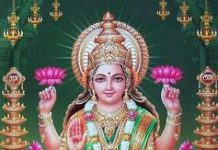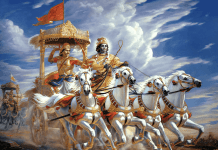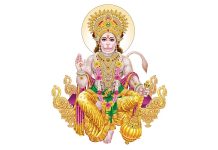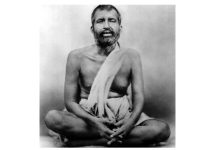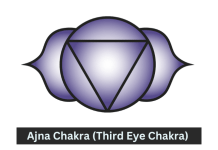The Bhagavad Gita is a 700-verse Hindu scripture part of the ancient Sanskrit epic Mahabharata. The Gita is set in a narrative framework of a dialogue between Pandava prince Arjuna and his guide and charioteer Krishna. At the start of the Dharma Yudhha (“righteous war”) between Pandavas and Kauravas, Arjuna is filled with moral dilemma and despair about the violence and death the war will cause. Krishna convinces Arjuna that he is a divinely incarnate being and that he must fight.
Krishna is often referred to as Svayam Bhagavan in the Gita, which means “the Supreme Lord Himself.” In the Yoga tradition, this is interpreted to mean that Krishna is the absolute reality and that all other beings are just his manifestations. This is the basis for the practice of karma yoga, or selfless service to others, which is central to Gita’s teaching.
Karma yoga is the path of selfless action. It is the practice of acting without expecting anything in return. When we work selflessly, we let go of our ego-driven desires and attachments. We act in service to others, not for our gain.
Karma yoga is a powerful tool for spiritual growth. It helps us to develop humility, compassion, and a sense of detachment from the results of our actions. It also teaches us to see all beings as equal, regardless of their social status or personal qualities.
The practice of karma yoga can be applied to any area of life. It is not limited to specific actions or tasks. We can practice karma yoga in our relationships, work, and daily activities.
When we live in the spirit of karma yoga, we become more aware of the interconnectedness of all beings. We realize that our actions have an impact on others, and we take responsibility for our choices. We become more conscious and deliberate in our actions, and we act with compassion and wisdom.










